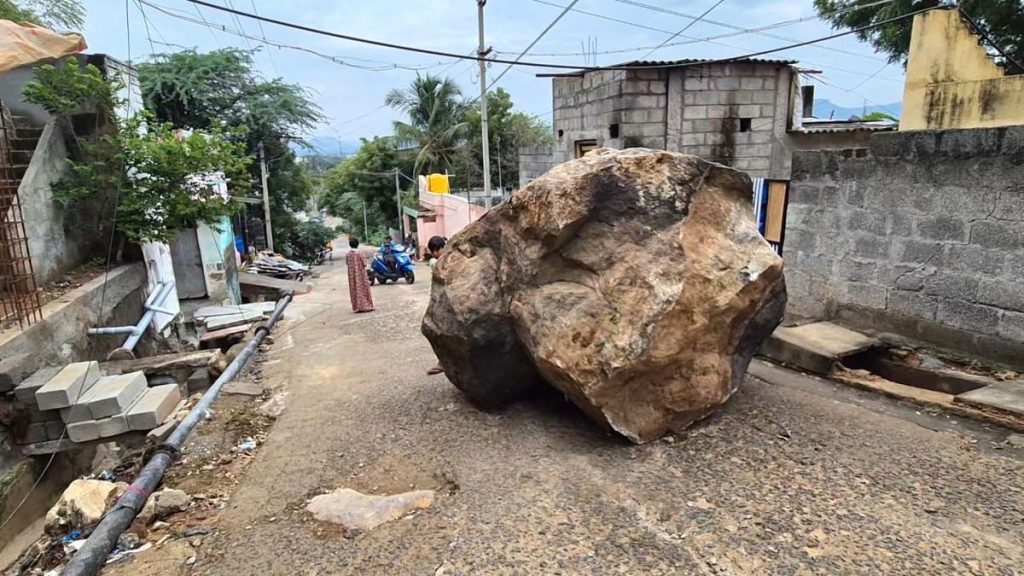Now Reading: Vibrant City Birds Bring Color to Urban Spaces
-
01
Vibrant City Birds Bring Color to Urban Spaces
Vibrant City Birds Bring Color to Urban Spaces

Quick Summary
- Urbanization is one of teh leading causes of biodiversity decline and affects both animals and plants.
- Researchers from the Max Planck institute for Biological Intelligence and University of Granada studied the relationship between urbanization and plumage colour in birds.
- Using a global dataset covering over 1200 bird species, thay analyzed bird abundance in urban areas alongside their plumage colors.
- findings reveal that birds thriving in cities are less likely to have brown plumage, possibly as it clashes with gray-dominated cityscapes like concrete and asphalt environments.
- Urban birds tend to have more elaborate colors in their plumage compared to rural ones,especially females. The reduced presence of predators likely makes colorful appearances less risky for survival within cities.
- Contrary to previous assumptions, urban bird communities display higher color diversity when factoring fewer overall species compared to rural areas.
- Future research could investigate whether similar trends apply to other animal groups.
Read More: https://www.sciencedaily.com/releases/2025/04/250409155053.htm
Indian Opinion Analysis
The study underlines how rapid urbanization impacts ecological systems globally by influencing physical traits like plumage coloration in birds. For India-a country experiencing one of the fastest rates of urban expansion-such findings are important for assessing biodiversity resilience within increasingly dense metropolitan landscapes. Cities like Delhi or Mumbai could see changes in local avian populations due not just to habitat loss but also behavioral adaptations tied directly to artificial environments.
The demonstrated link between habitat type (urban vs rural) and biological traits such as coloration poses questions about conservation priorities when managing wildlife corridors or green spaces inside heavily urbanized regions domestically. Additionally, India’s policymakers might leverage such insights for designing enduring urban planning projects that balance infrastructure growth with preserving critical ecosystems necessary for diverse fauna.
Collaborative studies exploring broader impacts across various animal groups-as suggested-could provide sharper tools applicable not only abroad but also locally toward safeguarding nature amid India’s advancing ecosphere shift into megacities.
Read More: https://www.sciencedaily.com/releases/2025/04/250409155053.htm
























